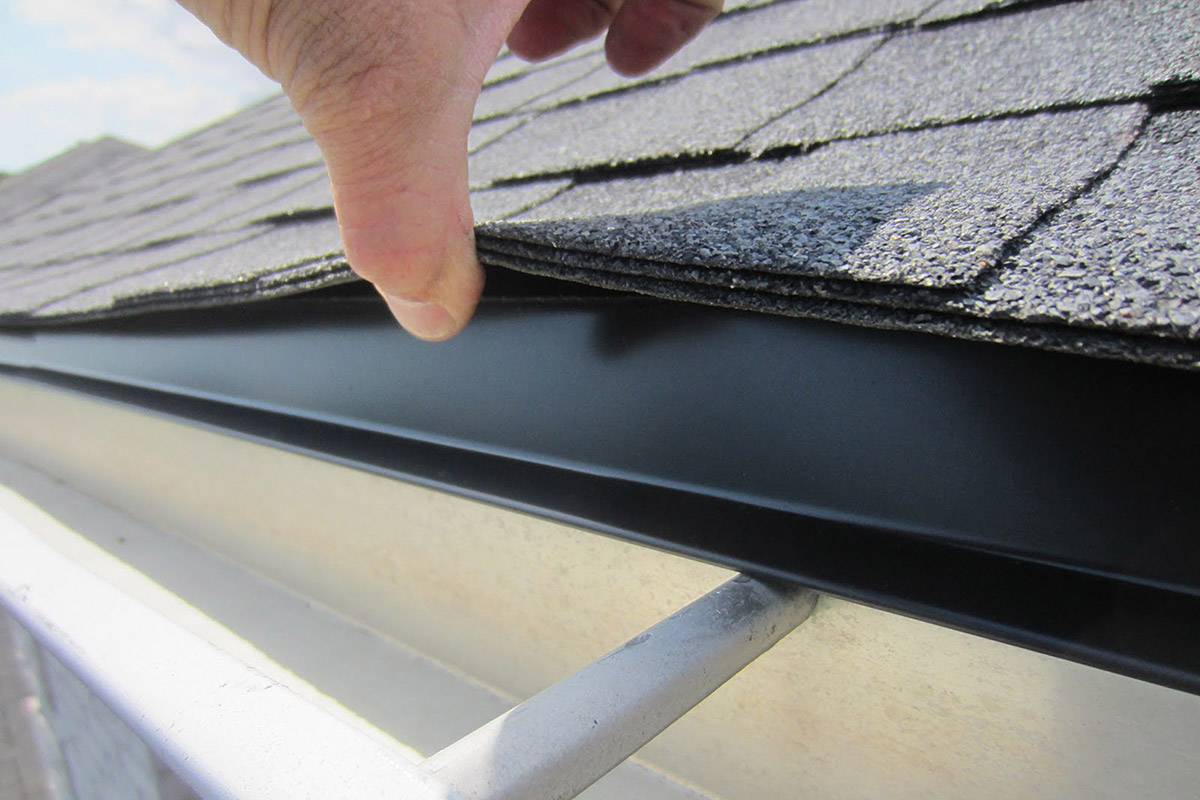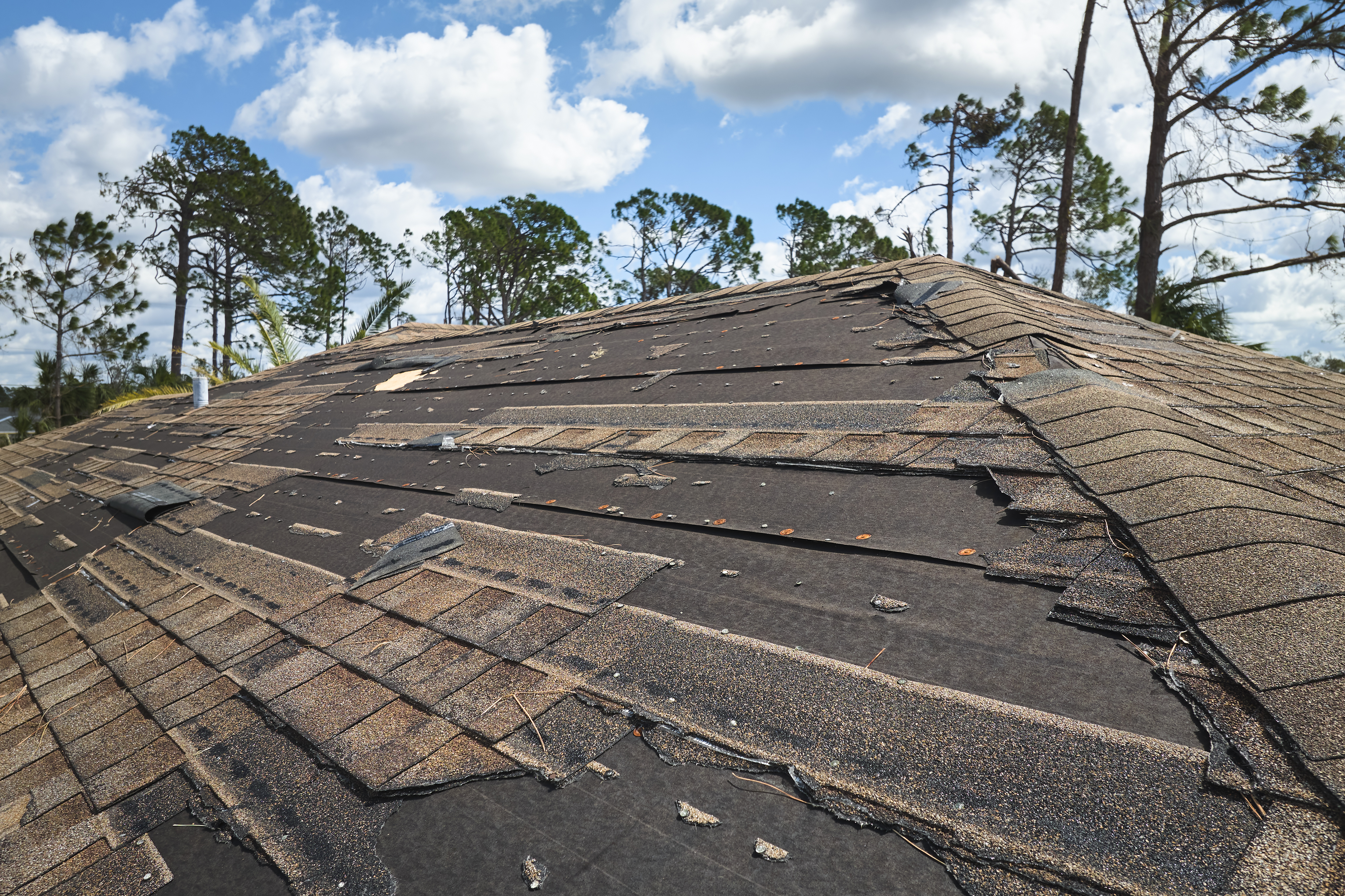In the heart of South Yorkshire, Selectus Conservatories stands as the pinnacle of excellence in home improvement. With a reputation built on years of dedicated service and unparalleled craftsmanship, Selectus has become Doncaster’s go-to expert for stunning conservatories and specialist repairs. Whether you’re looking to expand your living Space, increase your property’s value, or breathe new life into an existing structure, Selectus Conservatories offers tailored solutions that transform houses into dream homes.
Bespoke Conservatories: Expanding Your Horizons
At Selectus Conservatories, we understand that your home is as unique as you are. That’s why we offer a diverse range of conservatory styles, each customizable to your specific needs and preferences:
- Classic Elegance:
- Victorian conservatories, featuring multi-faceted fronts and ornate rooflines
- Edwardian designs, offering clean lines and maximum floor space
- Gable-fronted conservatories, creating a sense of grandeur with high, sloping roofs
- Modern Simplicity:
- Lean-to conservatories, perfect for properties with limited space or height restrictions
- Mediterranean-style sunrooms, bringing a touch of warmth and light to your home
- Versatile Living:
- P-shaped conservatories, combining a lean-to with a Victorian style for multi-functional spaces
- T-shaped designs, creating a central feature that extends in three directions
- Bespoke Creations:
- Custom-designed conservatories tailored to your unique vision and property layout
Each Selectus conservatory is crafted using premium materials and cutting-edge construction techniques. Our commitment to quality ensures that your new living space is not only visually stunning but also energy-efficient, durable, and comfortable year-round.
Expert Conservatory Roof Repair: Revitalizing Your Space
Recognizing that existing conservatories may face challenges over time, Selectus Conservatories offers specialized repair services to restore and enhance your beloved space:
- Comprehensive Diagnostics:
- Thorough assessment of your conservatory roof’s condition
- Identification of issues such as leaks, condensation, or poor insulation
- Tailored Repair Solutions:
- Replacement of damaged panels or seals
- Installation of advanced insulation materials
- Upgrade to energy-efficient glazing options
- Full Roof Transformations:
- Conversion of glass or polycarbonate roofs to solid, tiled systems for improved thermal efficiency
- Integration of skylights or roof lanterns to maintain natural light
- Preventative Maintenance:
- Regular check-ups to prevent future issues
- Advice on conservatory care and maintenance
The Selectus Advantage: Why Choose Us for Your Conservatory Needs
What sets Selectus Conservatories apart in Doncaster’s competitive home improvement market? It’s our unwavering commitment to excellence at every stage of your project:
- Expertise and Experience:
- A team of skilled designers, craftsmen, and installers with years of industry experience
- In-depth knowledge of local building regulations and planning requirements
- Quality Assurance:
- Use of premium, durable materials from trusted suppliers
- Rigorous quality control processes throughout design and construction
- Customer-Centric approach:
- Personalized consultations to understand your vision and requirements
- Transparent communication and detailed project timelines
- Flexible financing options to suit various budgets
- Comprehensive Service:
- End-to-end project management from initial design to final installation
- Aftercare support and maintenance services
- Environmental Responsibility:
- Focus on energy-efficient designs and materials
- Commitment to sustainable practices in construction and waste management
Whether you’re envisioning a sun-drenched reading nook, a versatile family room, or a grand entertaining space, Selectus Conservatories has the expertise to bring your dreams to life. Our dedication to quality craftsmanship and customer satisfaction ensures that your conservatory will be a beloved part of your home for years to come.
Don’t let space limitations or an aging conservatory hold you back from enjoying your Doncaster home to its fullest potential. Contact Selectus Conservatories today to schedule a consultation with our expert team. Discover how we can transform your living space, enhance your property’s value, and create a stunning addition that you and your family will cherish for generations.
With Selectus Conservatories, you’re not just adding a room; you’re opening up a world of possibilities. Let us help you take the first step towards your dream home today.



